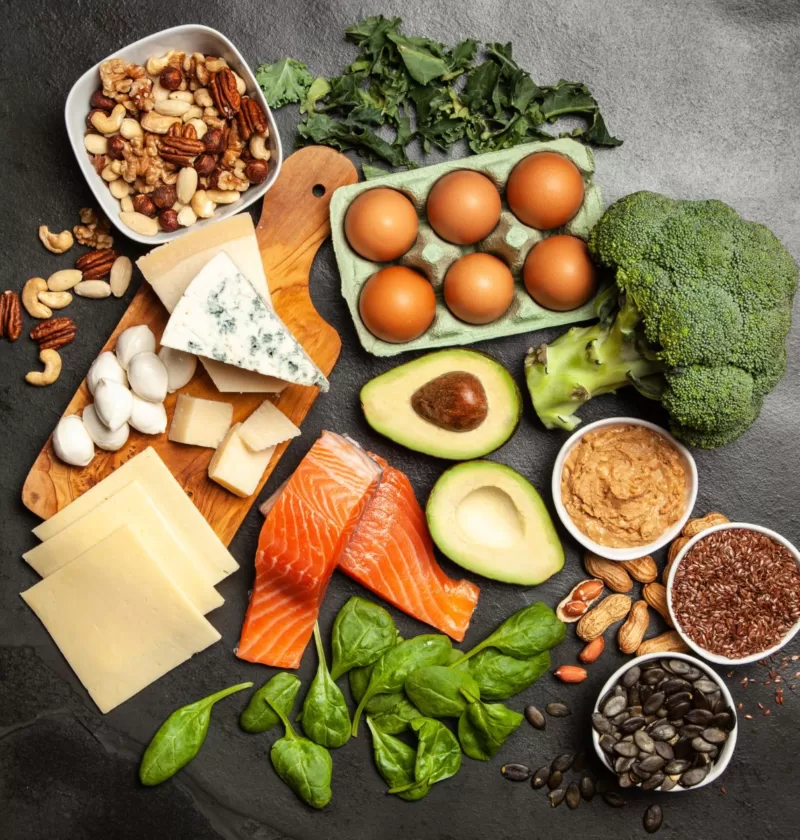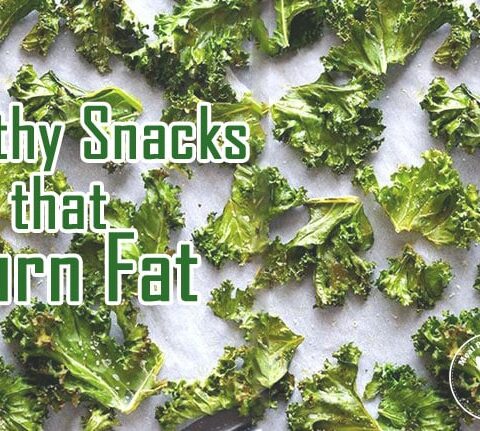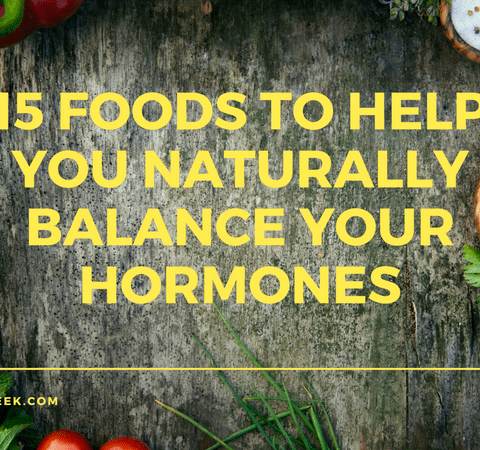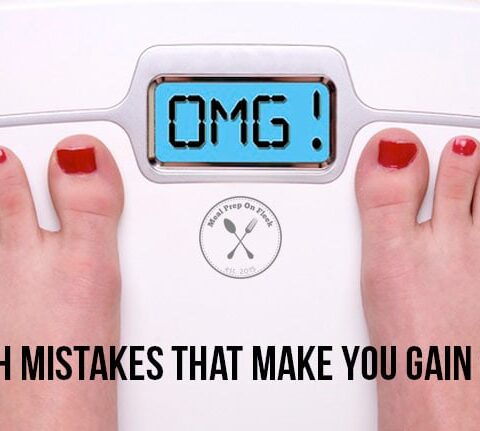The Macrobiotic Diet is one that focuses on more than a diet for weight loss or weight control, it is a lifestyle plan that puts its diet at the forefront of becoming a healthier person overall. This plan draws on philosophy from Ancient Greece and Japanese traditions. The term ‘macrobiotic’ etymology originates in Greek, ‘Macro’ meaning great, or long, and ‘Bios’ meaning life.
What is the Macrobiotic diet?
The dietary aspect of this plan puts an emphasis on consuming whole grains, seasonal local vegetables, beans, and soups. Fresh locally grown fruit, fish and seafood, pickles, and nuts are permitted a few times weekly. Another aspect of this diet is completely chewing each bite around 50 times while meditating on gratitude with each bite. Macrobiotics practitioners suggest eating two or three times per day. This diet discourages sugar, dairy, eggs, meats, poultry, spicy foods, processed foods, tomatoes, eggplant, asparagus, spinach, zucchini, and more.
The Macrobiotic Diet is strict on what one can drink- it prohibits coffee, milk (or other dairy products), alcohol, soda, refined or processed beverages, and anything that is chemically preserved. Pretty much all that someone can drink on this dietary plan is water, and maybe some teas, but there is nothing definitive especially given the number of chemicals and additives in most water today.
One of its founders, George Ohsawa, believed the Macrobiotic lifestyle encouraged improving one’s health, fighting diseases, invigorating vitality, vivifying a good appetite for food and for life, aiding in deeper sleep, improving memory, harmonizing emotions, and instilling a sense of justice and gratitude.
What is it NOT?
Contrary to popular misconceptions, the Macrobiotic Diet is NOT the same as the Macro Diet. Where the Macrobiotic Diet emphasizes an openly-philosophical approach to eating with strict guidelines as to what can and cannot be consumed, the Macro Diet simply tracks kilocalories (kcal) consumed in the form of macronutrients in one’s diet (i.e. carbohydrates, protein, and fat).
The Macrobiotic Diet seeks a sense of Zen balance while being more vegetarian-focused. The Macro Diet is a more measured, calculated, approach to eating by counting what is consumed and considering its source in the form of the three key macronutrients.
If you are interested in trying the Macro Diet, but the math aspect is too intimidating, fear not! We have you covered with a super easy-to-use tool that calculates your macronutrients for you. We also prepared a list of 35 macro diet recipes to help get you started, along with a budget-friendly 19 macro chicken thigh recipes.
Macrobiotic vs Raw Food Diet
The Raw Food Diet is normally a vegetarian or vegan diet that emphasizes not cooking food, or if it does never over 118°F (48°C), while staying away from foods that are refined, pasteurized, or processed. There are some versions of the raw food diet that allow for raw fish (such as sushi or sashimi), eggs, meats, and dairy, but most discourage due to health risks associated with not cooking these foods. Raw food diet also encourages choosing organic options over non-organic, as to stay away from pesticides and chemicals.
The Macrobiotic Diet is not concerned with cooking or not cooking foods, it has more to do with the concern of perceived toxins from the materials cooked with. The Macrobiotic Diet discourages cooking with electricity or metals and urges their practitioners to cook only with materials readily available in nature such as clay or glass.
Macrobiotic vs Vegan
The Vegan Diet is solely concerned with not consuming animal-based products, while only eating plant-based foods. Vegans do not eat dairy products, fish, seafood, or eggs. There are even stricter versions of veganism that also discourage using animal products as forms of clothing such as wool, leather, etc., or byproducts such as honey, whey, lactose, etc. Vegans tend to focus on consuming organic fruits and vegetables instead of non-organic ones.
The Macrobiotic Diet allows for fish and seafood, while other meats are discouraged. Both the Macrobiotic Diet and the Vegan Diet do not allow for eggs, honey, or meat, while the Macrobiotic Diet is even more restrictive as to which vegetables and fruits can be eaten. Vegans do have the ability to take multivitamins and minerals, but true Macrobiotic practitioners do not.
We have put together a list of our top 15 Vegan recipes for you and your loved ones to enjoy! For those that are a little more skeptical about trying Vegan dishes, we prepared an omnivore-approved list of super tasty Vegan desserts that you can share with your friends and family!
Macrobiotic vs Mediterranean
The Mediterranean Diet is based on foods eaten around the Mediterranean region of the world, especially that of Greece, Italy, Spain, and France. This primarily consists of consuming heart-healthy fats, nuts, seeds, legumes, whole grains, vegetables, fruits, fish, seafood, poultry, Greek yogurt, eggs, herbs, spices, olives, and olive oil. This diet limits the intake of sugar, honey, pasta, processed foods, red meat, trans fats, processed meats, and refined grains. The Mediterranean Diet does allow for drinking water, and limited amounts of red wine, coffee, and tea.
The Macrobiotic Diet is much stricter than the Mediterranean Diet and certainly does not allow for dairy, eggs, meat, honey, or a wide variety of vegetables and fruits.
If you are ready to try some tasty and easy-to-make Mediterranean dishes, we have put together a list of our 15 favorite Mediterranean recipes for you and your family to enjoy!
Macrobiotic vs Paleo
The Paleo Diet, named after the Paleolithic Age or the “Stone Age,” focuses on foods that hunter-gatherers would have likely come across such as consuming fruits, vegetables, lean meats, eggs, fish, nuts, and seeds. They avoid processed foods, dairy products, grains, legumes, or starchy vegetables. Paleo Diet practitioners believe by staying with original human diets from 10,000+ years ago, they are able to reach optimal health and physique while cutting down on excess fat, blood sugar, and risks of disease or cancer. The diet is also known as the Paleolithic Diet, the Stone Age Diet, the Cave Man Diet, and the Hunter-Gatherer Diet. This is not to be confused with the Carnivore Diet.
The Macrobiotic Diet is not concerned with a particular era of diet, it has more to do with a Buddhist philosophical approach to finding an inner balance through a strict diet. It certainly is not open to consuming meats, eggs, or a wide variety of fruits and vegetables.
Since there are so many fewer restrictions with the Paleo Diet when compared to the Macrobiotic Diet, there are many more recipe options that we have to help you along your dietary and meal-prepping journey.







